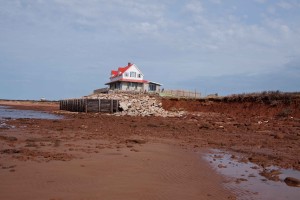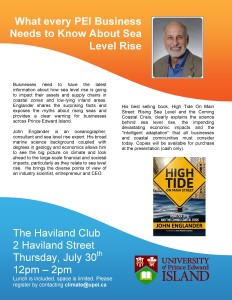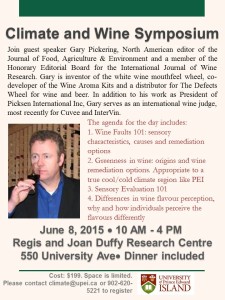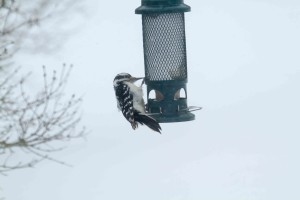 “Living shorelines are the result of applying erosion control measures that include a suite of techniques which can be used to minimize coastal erosion and maintain coastal process. Techniques may include the use of fiber coir logs, sills, groins, breakwaters or other natural components used in combination with sand, other natural materials and/or marsh plantings. These techniques are used to protect, restore, enhance or create natural shoreline habitat.” Maryland Department of Natural Resources
“Living shorelines are the result of applying erosion control measures that include a suite of techniques which can be used to minimize coastal erosion and maintain coastal process. Techniques may include the use of fiber coir logs, sills, groins, breakwaters or other natural components used in combination with sand, other natural materials and/or marsh plantings. These techniques are used to protect, restore, enhance or create natural shoreline habitat.” Maryland Department of Natural Resources
Join Living Shorelines experts, Kevin M. Smith, Maryland Department of Natural Resources, and Rosmarie Lohnes, Bridgewater, Nova Scotia who will lead discussion of topics including:
I. Shoreline Erosion (Causes and Outcomes; Natural Processes)
II. Shoreline Erosion Control Practices – Overview (Traditional Practices)
III. Origins of Living Shorelines (History, Definitions, How the Practice Developed)
IV. Philosophy of Living Shoreline Practices (Dynamism, Physical Processes, Shoreline Habitat)
V. Living Shoreline Practices (Sand Fill, Sills, Breakwaters, Innovative Approaches)
VI. Benefits (Fish and Macroinvertebrates, Erosion Protection)
VII. Costs
VIII. Monitoring
To Register: Send your name, organization, mailing address, telephone and email to climate@upei.ca. The cost of the training is $10 which includes lunch and coffee breaks.
 Islanders are defined by the weather. We are at the whim of Mother Nature and the weather she brings. It keeps us at home, keeps us from work, keeps our kids from school, yet it brings communities together.
Islanders are defined by the weather. We are at the whim of Mother Nature and the weather she brings. It keeps us at home, keeps us from work, keeps our kids from school, yet it brings communities together.






